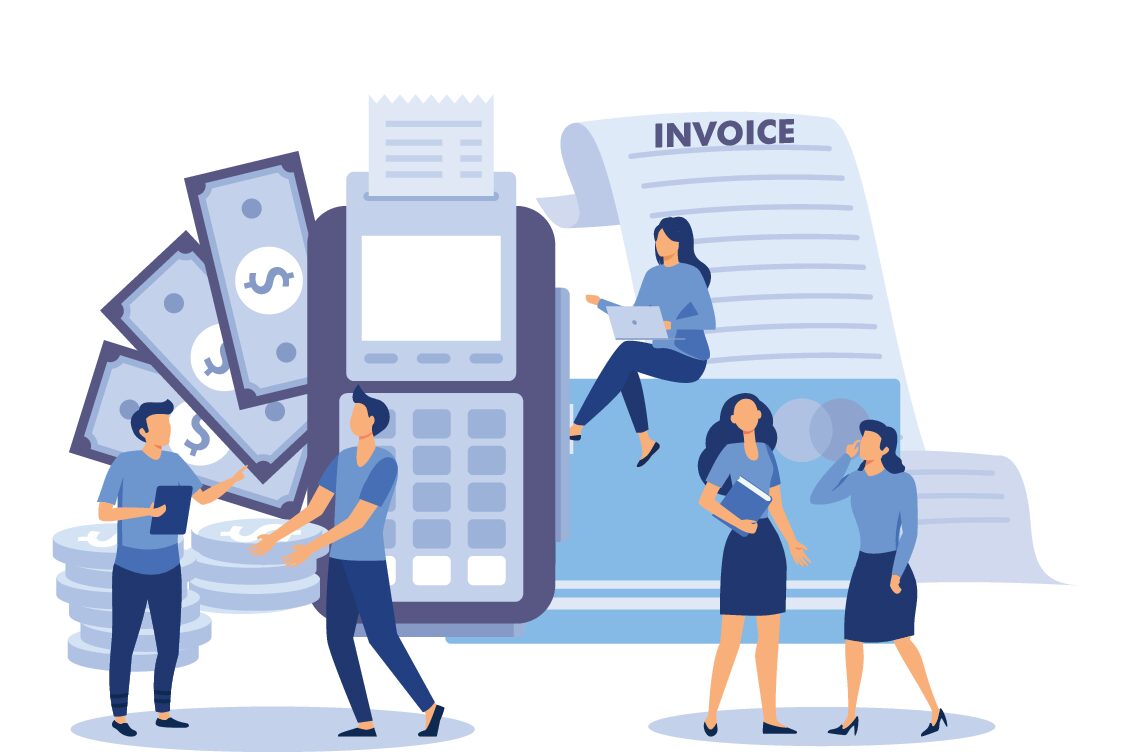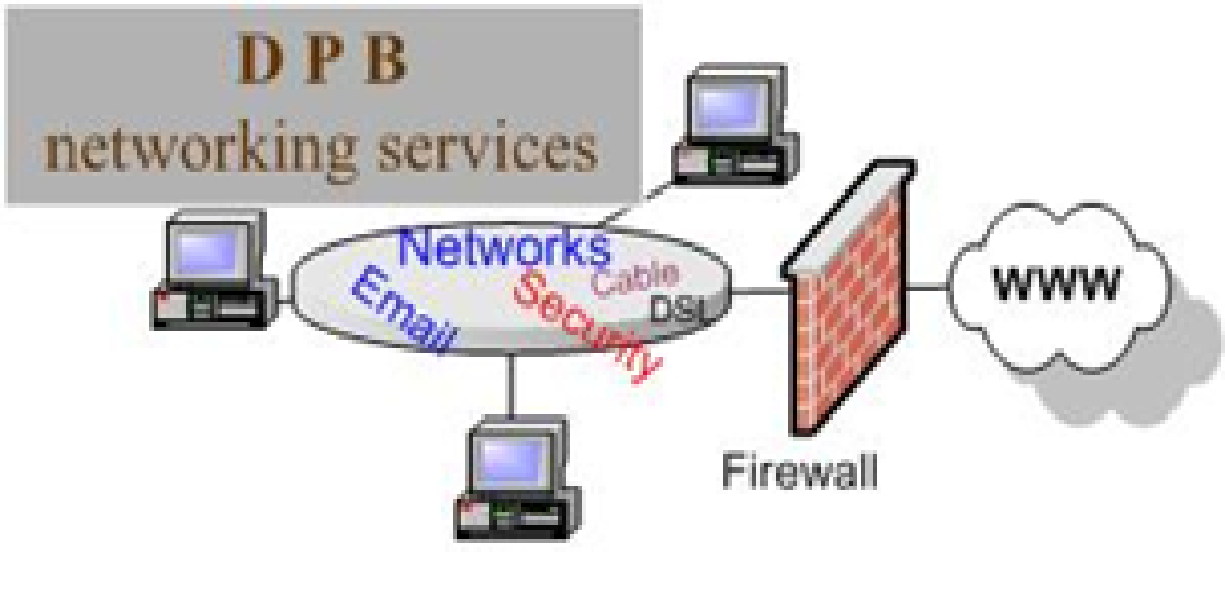Congratulations on reaching the final stages of Legal Project Management (LPM) task planning. I told you it wasn’t intimidating! You broke the matter down into smaller tasks, assigned those tasks to specific firm members and allocated set time periods for completion.
Now, you can deal with the final piece of the elephant, which is defining a budget.
The project budget determines how much the firm will bill the client for completion of the entire matter. As I have discussed in many other posts, the only way to properly set a flat fee for any legal project is to give adequate forethought to the amount of work it will require.
[Tweet “To set flat fee for any project, give adequate forethought to the amount of work required.”]
Fortunately, you have already done most of the work necessary to set appropriate fees that meet the needs of your client and promote profitability for the law practice.
Tech Republic, provides a few suggestions for setting project budgets. One is to calculate costs first. In the law firm setting, this involves a few different aspects of the matter process.
- Out-of-pocket costs – These are the various costs that are necessary to the furtherance of the case. They are often small in value, but they can add up to a significant amount in some matters. Some examples include:
- Filing fees
- Process service
- Photocopying costs
- Transcription costs
Inventory these needs and make a thoughtful estimate about the total amount of costs that will be necessary in the matter.
- Risk factors – These are the unforeseen costs that sneak in from nowhere, but can place the success of the entire matter at risk. For example, what if the opposing side files a motion that requires an additional court appearance? These are the types of unexpected events that you may want to include in your budgeting process. (Just a tip: You might also handle these unforeseen costs by including language in your fee agreement that reflects how additional court appearances would affect the amount of the quoted matter fee)
- Hourly rates of team members – The most important aspect of setting your budget is the hourly rate of each team member. Even with a flat fee arrangement, you want to ensure that the firm is bringing in a fee that adequately represents the amount of time put into the matter, as well as the level of expertise that each team member brings to the table. When making these calculations, take the hourly rate of each team member and multiply it by the amount of time allocated for their assigned task. Add these totals together for a comprehensive value of work to be completed on the matter.
Take the time to consider billing details before setting a project budget. As with most areas of LPM, a little bit of planning can prevent a lot of problems on the backend and increase the likelihood of project success. I know there are a lot of tasks to complete in the planning process, but rest assured that the process gets easier with practice, especially when your firm repeatedly handles similar matters. I hope you learned some helpful tips that encourage you to jump into the world of LPM.
Learn how to use TimeSolv for Legal Project Management
About Erika Winston:
Erika Winston is a Virginia based writer with a passion for all things legal. As a former domestic relations attorney, she understands the challenge of determining the best fee structure for your practice. Erika is a regular contributor to TimeSolv and a variety of other publications.


















